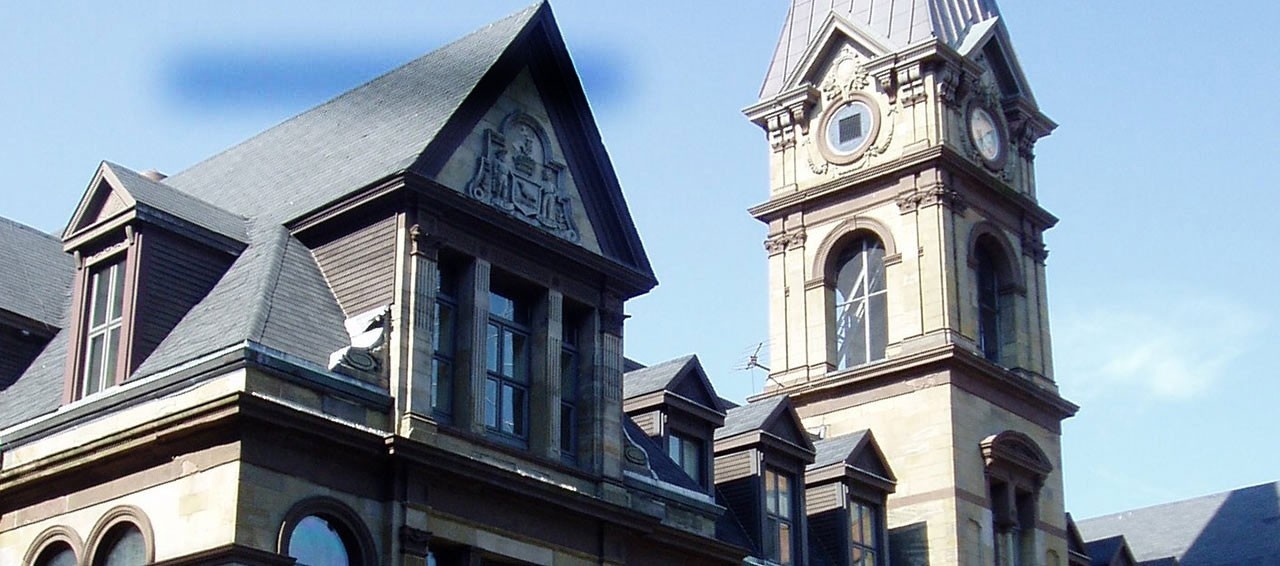News
» Go to news mainStudent Experiences Model European Union

Article by: Veronique Rendell-Fournier
Veronique is a 4th Year Undergraduate Political Science Student, Honours Program at Â鶹´«Ã½.
From Bombs to Bridges; Belgrade’s Success with European Union SimulationsÂ
This past fall, the second annual Belgrade European Union Model (BEUM) was held from October 25th to 28th in Belgrade, Serbia. The event welcomed almost 200 participants from 30 different countries. BEUM is the largest model of its kind in Eastern Europe, featured contemporary issues facing the European Union today, and located in one of the most polarizing countries on the continent.
Perhaps best known for its involvement in the Bosnian and Kosovo Wars, ethnic cleansing and the subsequent intervention by the international community and NATO forces during the 1990s, Serbia is a country in transition. It is currently in the process of applying to become a European Union Candidate Country, but still faces many challenges in that regard. When entering Belgrade, bombed out buildings from the war are still visible and stand in sharp contrast with the pristine government structures and the country’s goals.
The organizers, Darko Mandić, Jovana Simić, Konstantin Lilić, and Milos Jokanovic don’t shy away from this. They understand that Serbia has a long way to go before it’s ready to join the EU, but they’re hopeful and ambitious. Their focus with BEUM was to bring young Europeans and Serbians together, build links and lasting friendships through political involvement, and, hopefully, change the world’s perception of their country.
They did not fail in any of these.
During the day, participants learned how complicated the EU decision making process was and how it’s not always possible to find a consensus. At night, in kafanas, a traditional Serbian drinking place, and night clubs, participants let loose with their new friends. Not having fun wasn’t an option. Neither was being on a diet for that matter. The kafanas were welcoming and had long communal tables, served hardy local dishes, traditional local musicians played, and were filled with singing and cigarette smoke. The Serbian nightclubs illustrated a thirst for life and enjoyment that can only come from a people who have survived a turbulent past. Each represented very different sides of Serbian culture and a country in transition, but a country you couldn’t help but fall in love with.
The connections made between participants at BEUM have the potential to be lasting, influential and positive. It has engaged youth who will become the future leaders and shape our world – for the better. How else to get there then by breaking down the national divisions and building international friendships? Â
Photo by: Dimitar ChatleskiÂ
Recent News
- POLI doctoral alumni, Dr. Tari Ajadi named recipient of the Â鶹´«Ã½ Doctoral Thesis Awards
- Dr. Leah Sarson's interview on CBC Mainstreet
- An expert perspective on Canada's healthcare system is provided by Prof Fierlbeck.
- Providing a scholarly viewpoint, Prof Fierlbeck examines Canada's healthcare system.
- Canada's health care system
- Political Science MA Candidate Joseph Fitkowski defence
- Political Science MA Candidate Austin Lees defence
- Political Science PhD Candidate Tari Ajadi defence
